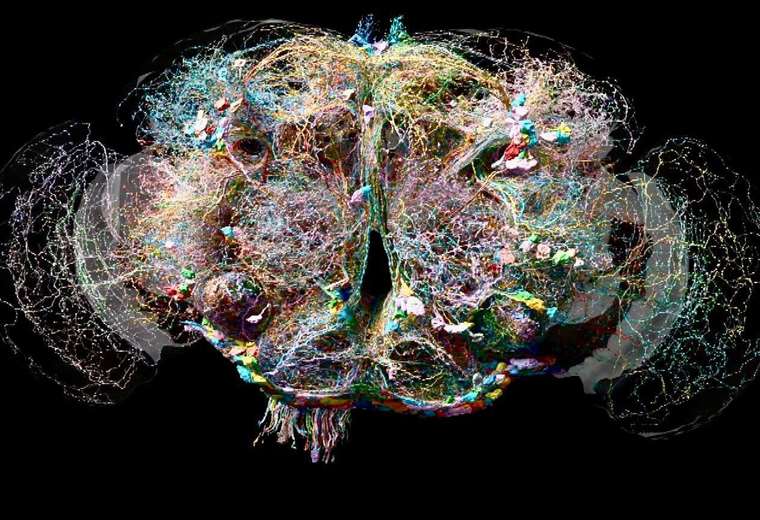October 2, 2024, 1:48 PM
October 2, 2024, 1:48 PM
They can walk, flutter, and males can even sing love songs to woo their mates, all with a brain smaller than the head of a pin.
And now, for the first time, scientists investigating the brain of a fly have identified the position, shape and connections of each of its 130,000 cells and 50 million connections.
It is the most detailed analysis of the brain of an adult animal ever performed.
A leading brain specialist, unaware of the new research, described the advance as a “huge leap” in our understanding of our own brain.
One of those responsible for the research stated that it would shed new light on “the mechanism of thought.”
Dr. Gregory Jefferis, from the Laboratory of Molecular Biology (LMB) at the Medical Research Council in Cambridge, UK, told the BBC that currently We have no idea how the network of brain cells in each head allows us to interact with each other and the world around us..
“What are the connections? How do signals flow through the system that allows us to process information to recognize your face, that allows you to hear my voice and convert these words into electrical signals?”
“The mapping of the fly brain is truly extraordinary and will help us understand how our own brain works.”
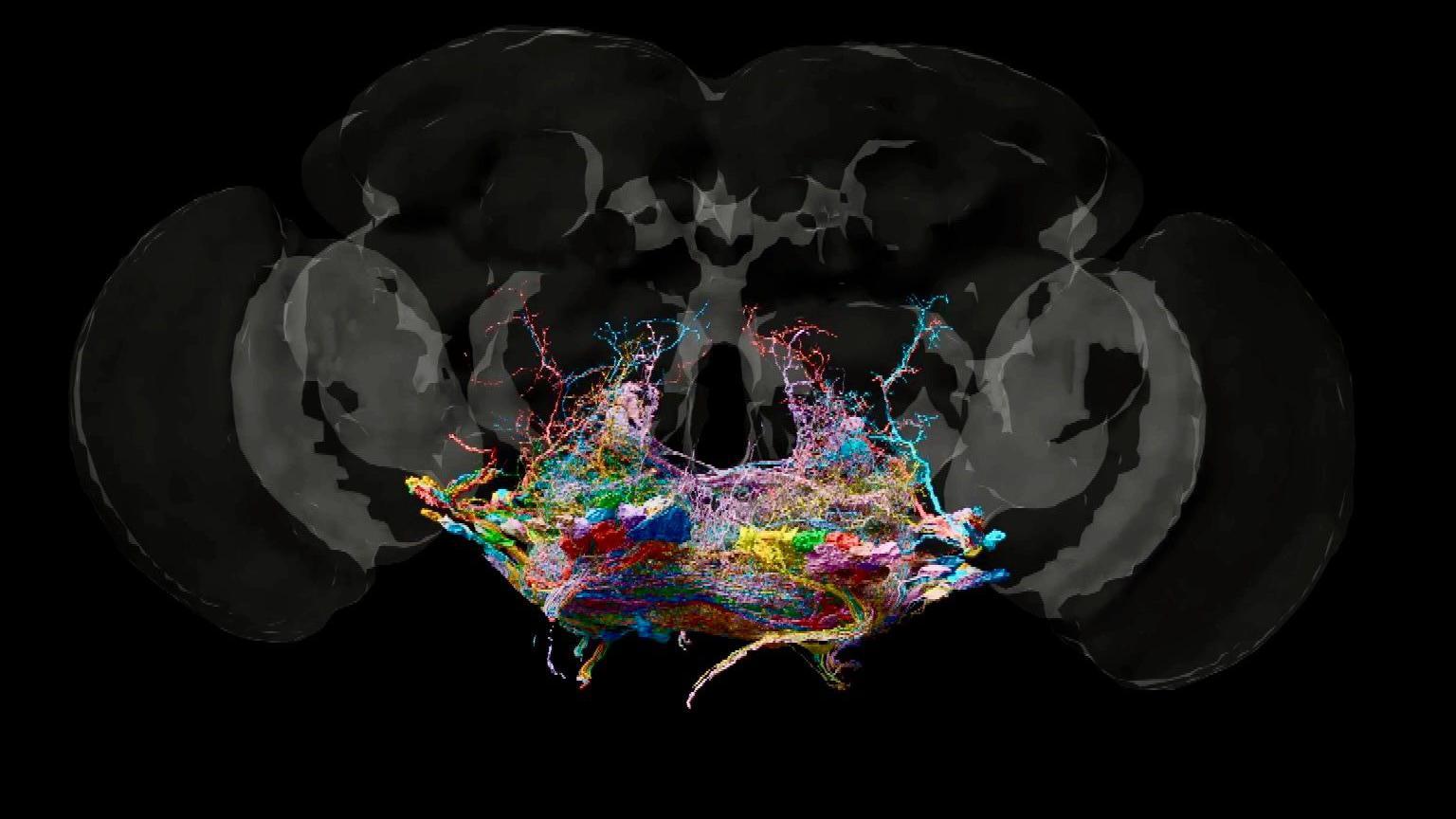
Humans have a million times more brain cells, or neurons, than the fruit fly studied. So how can the wiring diagram of an insect’s brain help scientists understand how we think?
The images obtained by scientists and published in the magazine Nature They show a tangle of cables as beautiful as it is complex.
Its shape and structure are the key to explaining how such a tiny organ can carry out such powerful calculation tasks.
Developing a computer the size of a poppy seed capable of performing all of these tasks is far beyond the capabilities of modern science.
Dr. Mala Murthy, one of the project’s co-directors from Princeton University in the United States, said the new wiring diagram, known scientifically as connectomeis going to be “transformative for neuroscientists.”
“It will help researchers better understand how a healthy brain works. In the future we hope it will be possible to compare what happens when things go wrong in our brains.”
It’s a view supported by Dr. Lucía Prieto-Godino, head of the brain research group at the Francis Crick Institute in London, who is not part of the research team.
“Researchers have completed the connectomes of a simple worm that has 300 wires and a worm that has 3,000, but having a complete connectome of something with 130,000 wires It’s an amazing technical feat. that paves the way to find the connectomes of larger brains like that of the mouse and perhaps within several decades our own.”
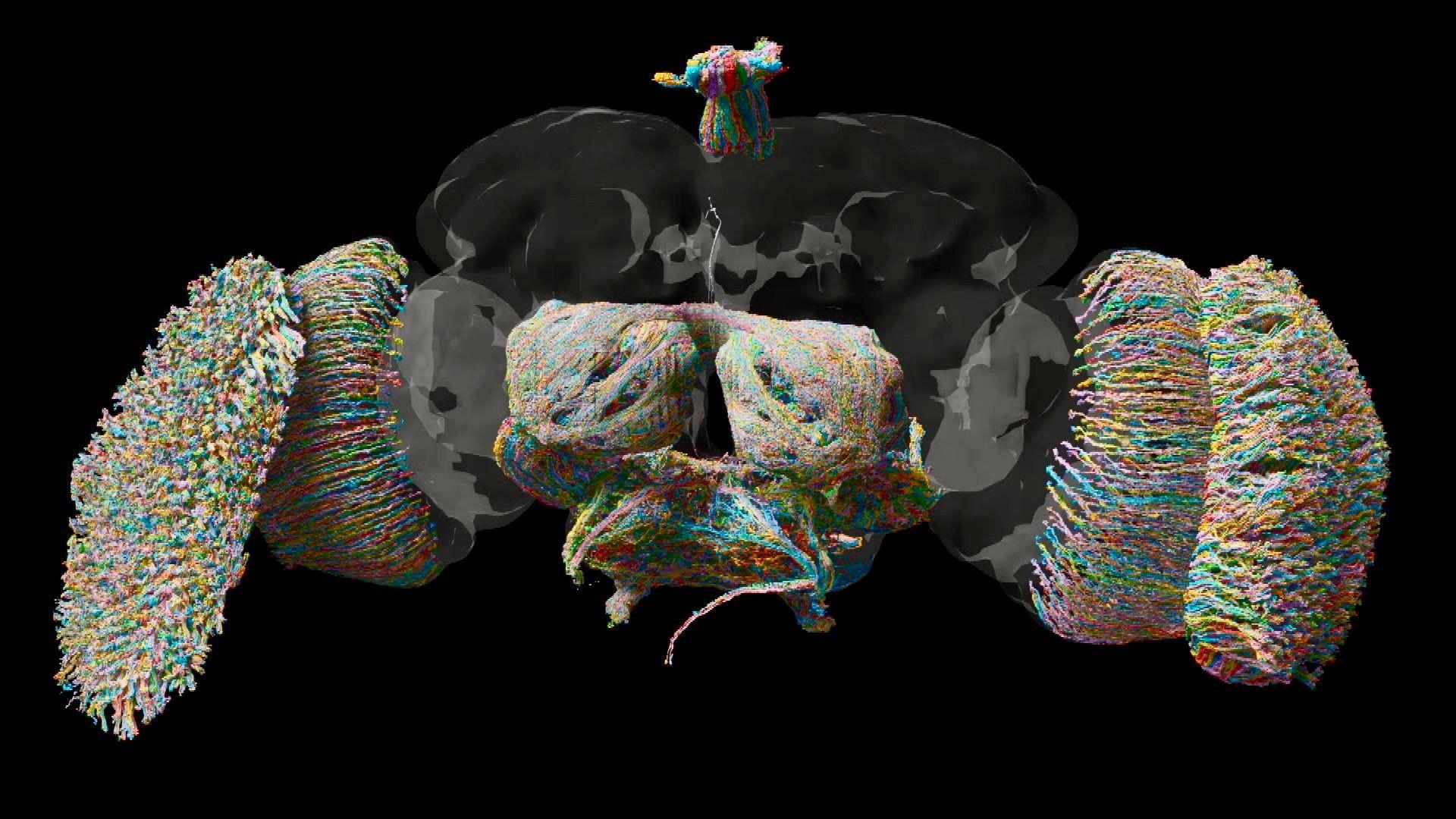
The researchers were able to identify Separate circuits for many individual functions and show how they are connected.
For example, the cables involved in movement are at the base of the brain, while those that process vision are at the side. In the latter case, many more neurons are involved because vision requires much more calculation capacity.
Although scientists already knew the circuits separately, they did not know how they were connected to each other.
Why are flies so difficult to kill?
Other researchers are already using circuit diagrams, for example, to figure out why flies are so difficult to catch.
Vision circuits detect which direction the rolled newspaper is coming from and transmit the signal to the fly’s legs.
But most importantly, they send a stronger jump signal to the paws that move away from the object that could hit them. You could say that they jump without having to think, literally faster than the speed of thought.
This finding could explain why we clumsy humans rarely kill flies.
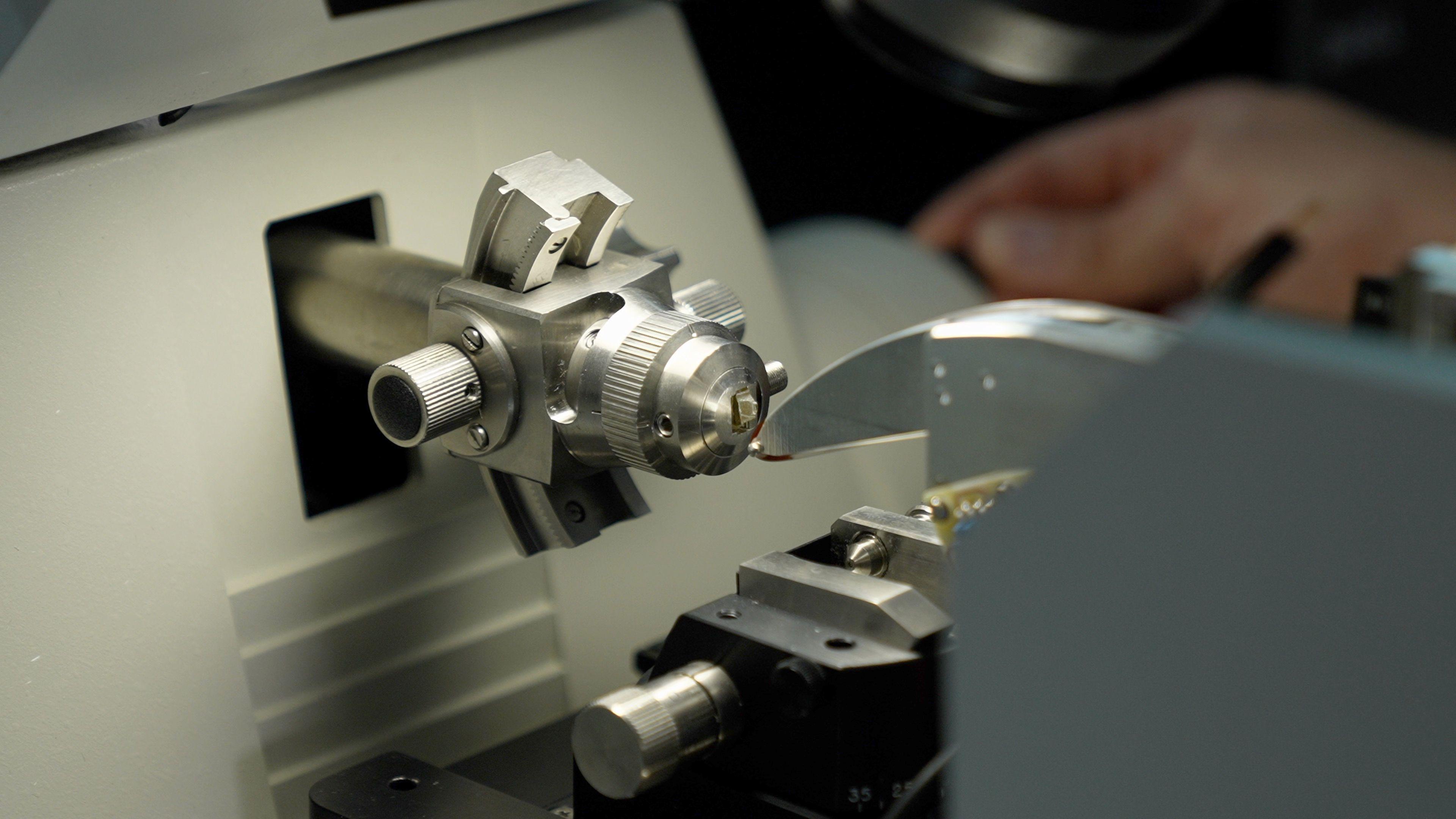
The wiring diagram was made by cutting up a fly’s brain with what is essentially a microscopic cheese grater, and taking photographs of each of the 7,000 slices which were then digitally stitched together.
Next, the Princeton team applied artificial intelligence to extract the shapes and connections of all neurons. But the AI was not perfect: researchers had to correct more than three million errors by hand.
This in itself was a technical feat, but the job was only half done. According to Philipp Schlegel, also of the Medical Research Council’s Laboratory of Molecular Biology, the The map alone was meaningless if the function of each cable was not described.
“This data is a bit like Google Maps but for brains: the raw diagram of the wiring between neurons is like knowing which structures correspond to streets and buildings.”
“Describing neurons is like adding street and city names, business opening hours, phone numbers, reviews, etc. to a map. You need both for the map to be truly useful.”
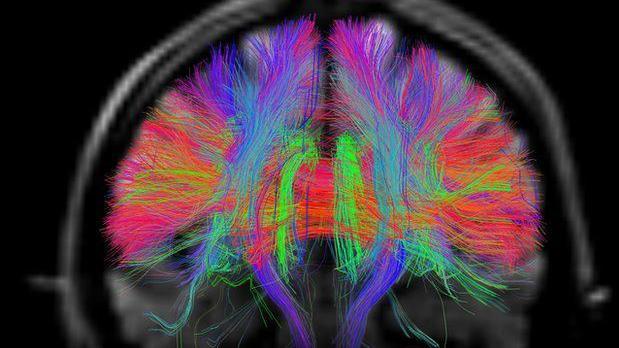
He fly connectome It is available to any scientist who wants to use it to guide their research. Schlegel believes that the world of neuroscience will see “an avalanche of discoveries in the next two years” thanks to this new map.
The human brain is much larger than that of the fly, and we do not yet have the necessary technology to capture all the information about its wiring.
But researchers believe that perhaps Within 30 years it will be possible to have a human connectome. The fly brain, they say, is the beginning of a new and deeper understanding of the workings of our own minds.
The research was carried out by a large international collaboration of scientists, called the FlyWire Consortium.

And remember that you can receive notifications in our app. Download the latest version and activate them.
